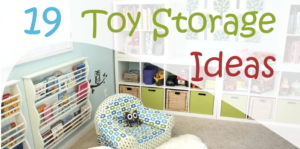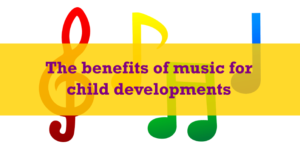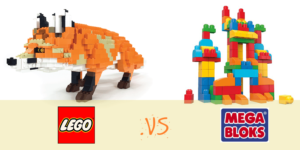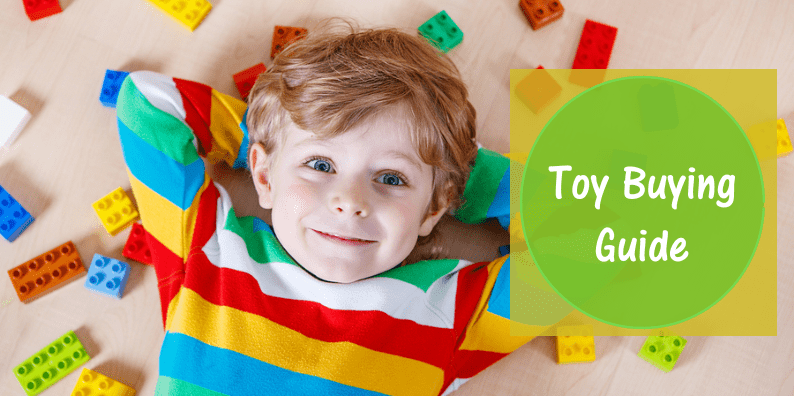
Let’s start with thinking again if you thought buying toys for kids is an easy task. There are a few aspects that must be considered when buying toys. That applies if you are a responsible parent, one that is concerned about his offspring’s enjoyment, safety, as well as his education.
Forgetting kids in front of the monitor or TC is not a responsible attitude for one parent, nor is handing a 7 year-old a toy gun with the potential to hurt his playmates.
Enough with the lecture; let’s see what exactly the elements a good toy should incorporate are.
Note that the following can only act as guidelines, and are not in any way laws for you to obey.
Their role is to have you thinking in perspective when buying toys.
Toy Quality
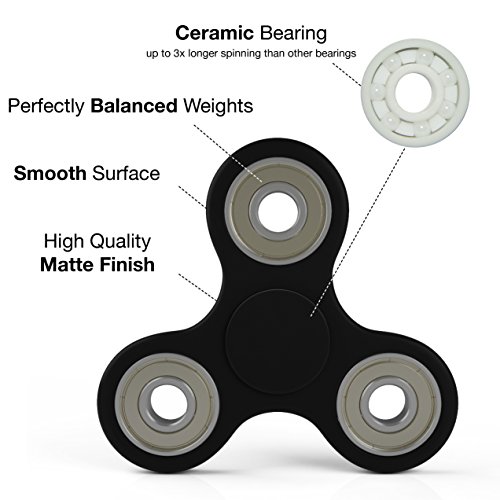
First of all, the quality of the toy must be checked.
If the toy is of poor quality, you will suffer a double blow: your kid will complain and you will have tossed money out the window.
There will always be a risk involved, but research done prior to buying anything helps reduce that risk considerably.
Brand info and customer feedback are always good sources of information. Look for toys by recognizable brands.
Toy Safety
Also, pay close attention to issues revolving around safety. Perhaps it would have been wiser to start with the safety part, but most toys on the market now are quite safe to use.
Nevertheless, this aspect should always be considered carefully both before buying the toy and after it.
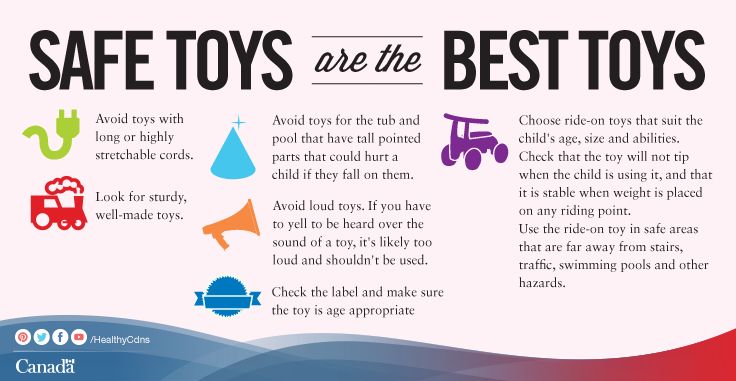
Observe how your kid tends to use his toys and act appropriately; if he is overly active, likes to throw or hit things, be careful when buying toys with hard surfaces or that are heavy.
It is doubtful anyone would enjoy getting hit in the head by something hard when playing with his overly energetic kid.
Toy Design
Next, you should go over the toy’s design. This matter is also related to the previous paragraph, but here the focus falls more on the ease with which a toy is assembled, used, or stored.
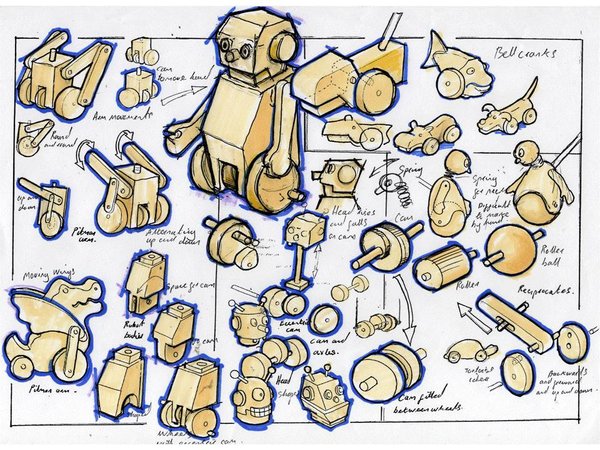
If the toy needs assembling, does it come with clear instructions, or will you waste half a day and 10 neurons trying to figure out how to put it together? Are the materials used in its construction proper, or after removing the toy from the box certain parts will “erode” faster than others?
As you can see, the design of a toy is closely related to other topics.
A Difficult Matter – Play Value
Moving on, we arrive at a highly biased part, which is play value.
This is a chapter where no one can say for sure which is right and which is wrong.

Some parents care more for physical development, other for developing perception, while others care for high mental abilities.
Moreover, some parents impose on their kids the way to play with a toy, while others observe their offspring and adapt accordingly.
Toys that foster skills or creativity are, however, recommended irrespective of a child’s natural abilities.
At young ages, the choice of toys is something that can leave a strong impact, so ponder this matter seriously.
Toys should also promote a sense of responsibility. Kids should learn as early as possible to share, to peacefully integrate into a community and respect certain rules.
Therefore, toys emphasizing those aspects and others related to them should be given priority.
Situational and environmental awareness must be triggered as early as possible in order to nurture a sense of responsibility which, in turn, will significantly benefit the child in the future.
Again, do not underestimate the power toys have on the minds of children.
Those psychologists that say your childhood is the source of all your adult problems are right, mostly anyway.
Age Appropriateness
Lastly, make sure the toy is appropriate for a kid’s age.
Do not buy something that is too easy or too complicated for a kid’s age, as he will get bored fast or give up entirely on the toy and eventually forget about it, or, in the worst case scenario, get hurt.
Furthermore, toys dedicated for boys and girls are categorized like this for a reason, so, unless explicitly requested by your kid, do not buy a boy a dollhouse, or a girl a toy sword.

You may encounter various behavioral problems further down the road.
Basically, if you at least partially check everything above, you will not have to lose sleep over how your kid will turn out in the future.
Naturally, you have to understand that some exceptions exist.
For example, hand-eye coordination, distance estimation and reflexes might get better if you give your kid a toy gun that shoots rubber bullets – but do that when he is at least over 12 years old.
Any younger than that and the risk of him injuring himself or others is too great.
Or get him a laser gun instead, which would be safer.

